见到不少老朋友和同学。都不记得上次在埃德蒙顿馆里讲座是什么时候了?可能是13年。感谢几位老弟子、学生们来聚。
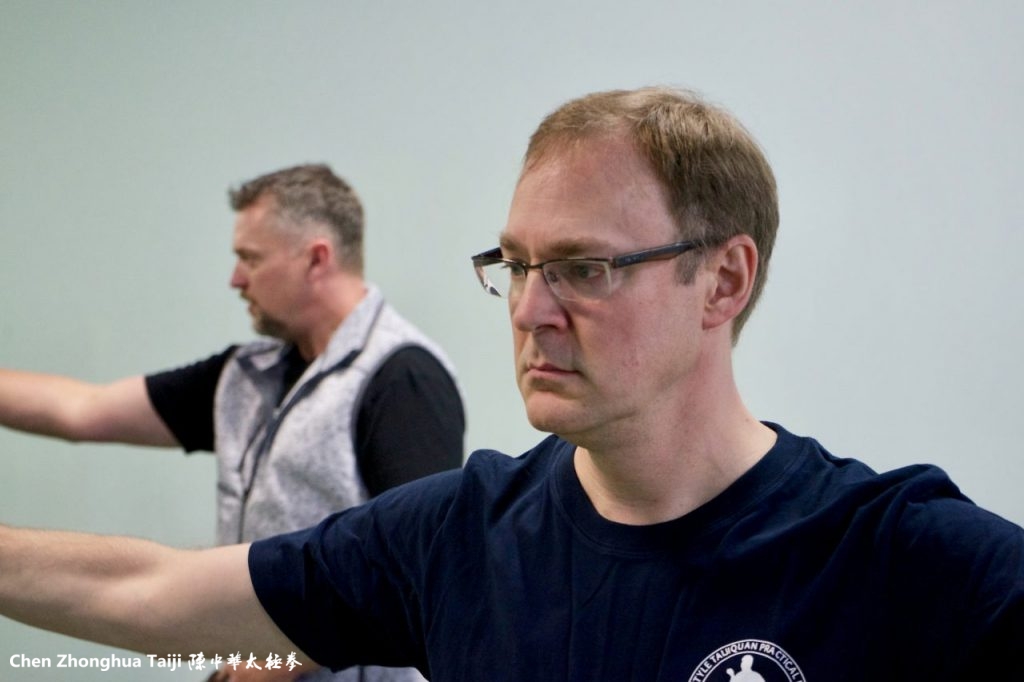
Shawn Rogers 是加拿大麦秋恩大学的心理学助理教授
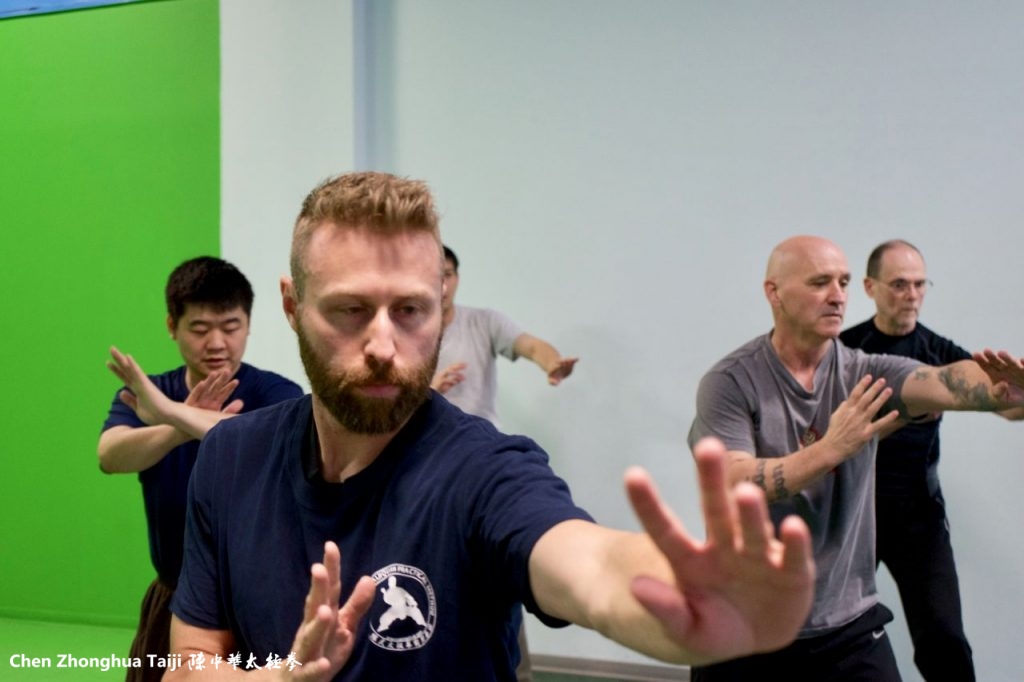
Rion Swanson 2008年曾来大青山。 他是一家游戏公司的艺术家。我们大青山景区的 logo 就是他给设计的!
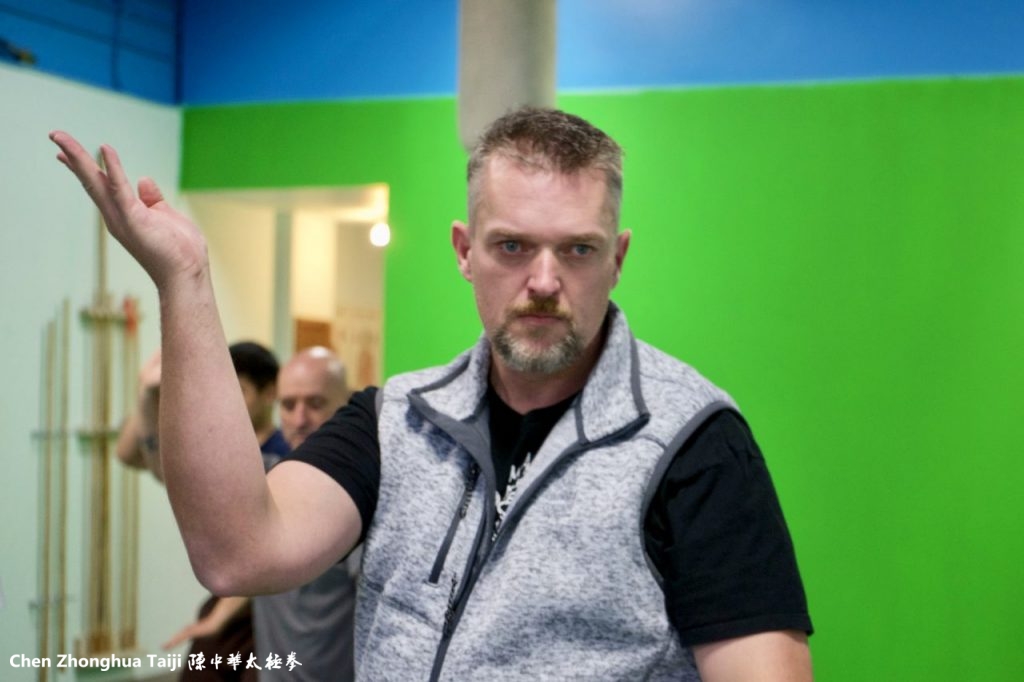
Clinton Jurke 是老徒弟了。加拿大温尼伯的第一次讲座的学员。现在在加拿大菜籽油委员会高级职务。有一千亩地,是个业余农场主。当年和全家来大青山。我们在玉兰阁有很多故事。
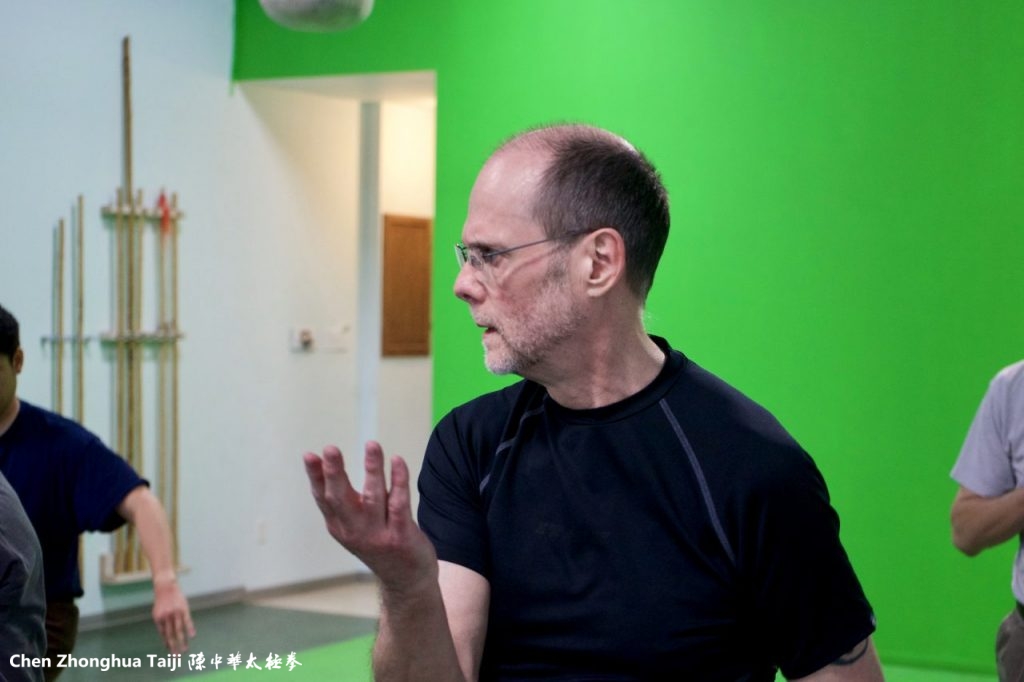
Doug Gault 是2006年在加拿大维多利亚讲座时候的学员。严重的关节炎。那时开始不能工作。现在属于身残早休。但是身体已经好转了很多。实用拳法真的帮了很多人。
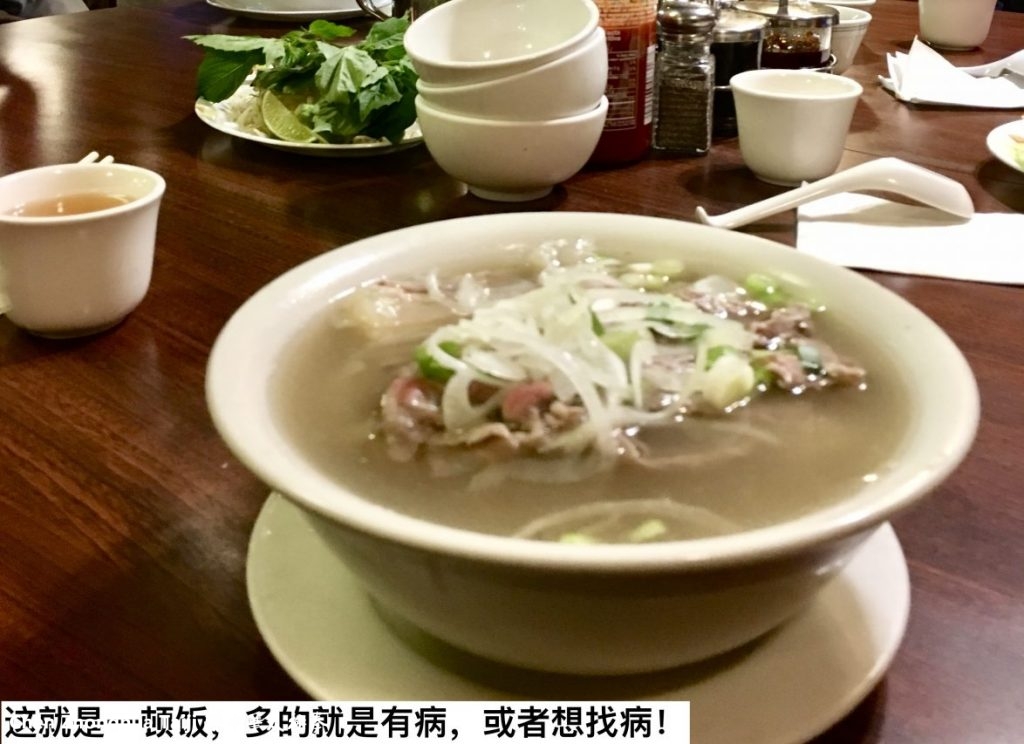
回到加拿大的幸事之一是不用为了别人的面子而行事!想吃什么就吃什么!想吃多少就吃多少!再没有人给我建议!再没有任何人关心我!不够再要!中国的同学们很难想象不被别人“照顾”的那种好的感觉。
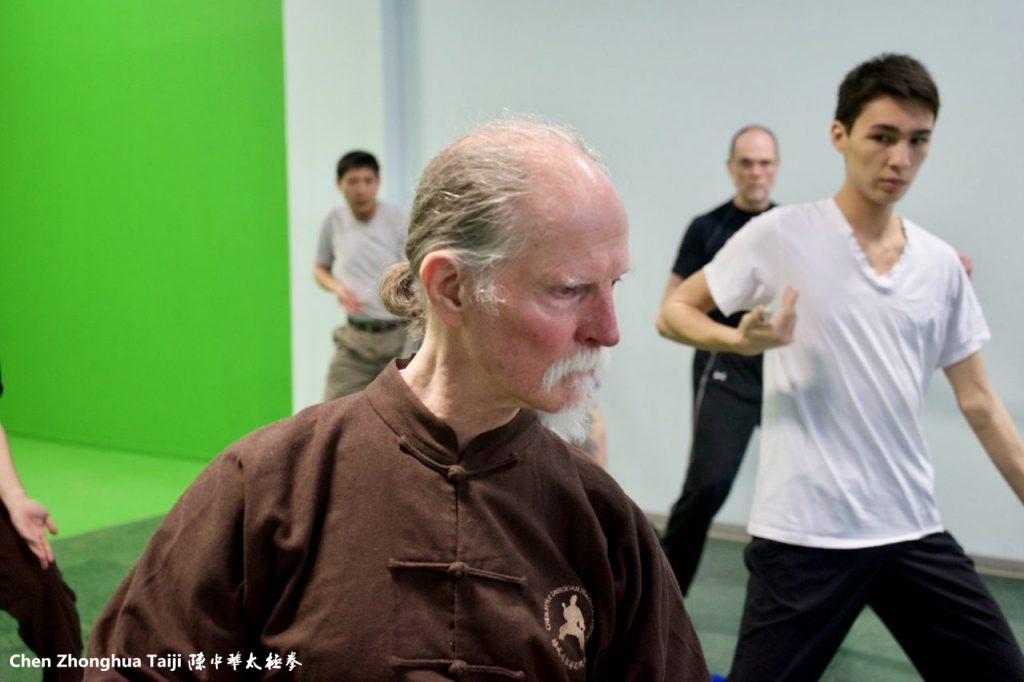
埃德蒙顿陈中华太极馆的主教练艾伦贝尔山。感谢他这么多年来一直替我坚守在我的加拿大埃德蒙顿市陈中华太极拳馆里。
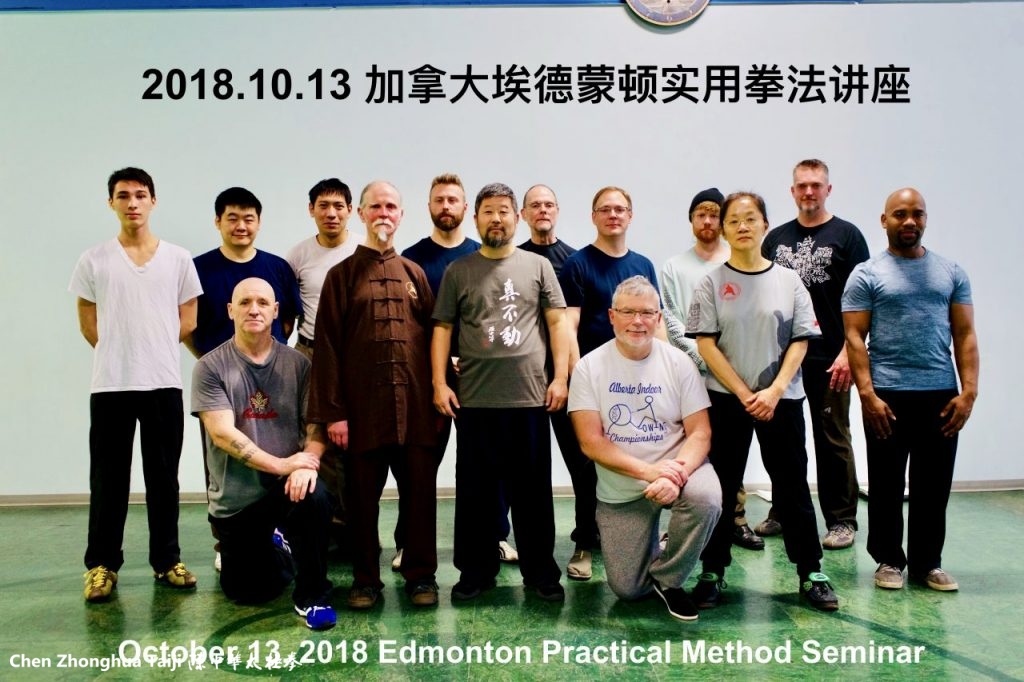
埃德蒙顿讲座2018合影
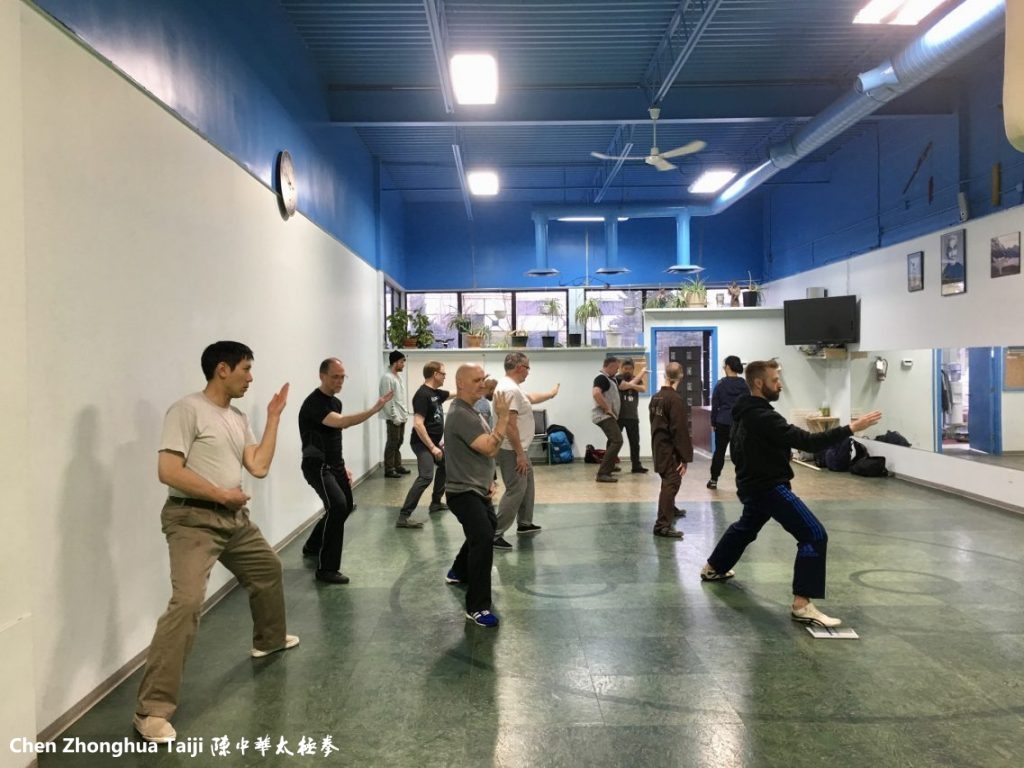
埃德蒙顿讲座2018-1
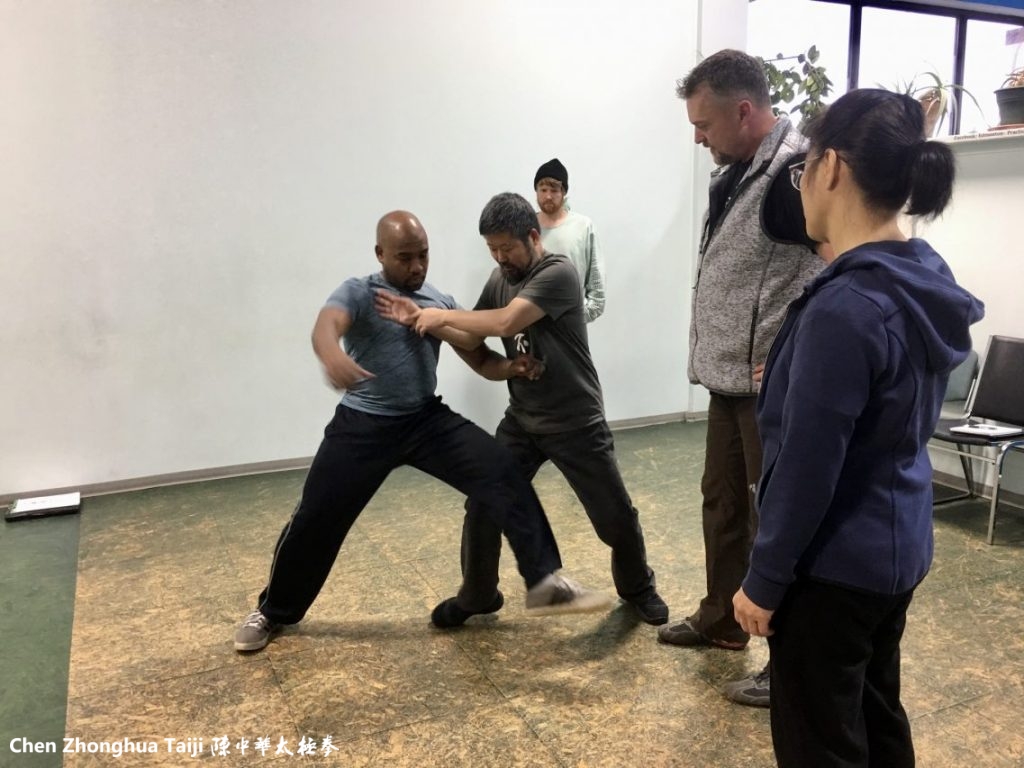
埃德蒙顿讲座2018-2。 南美格林纳达裔的Anton Phipps 陆续在我的馆里学习近十年了。学习的非常认真。
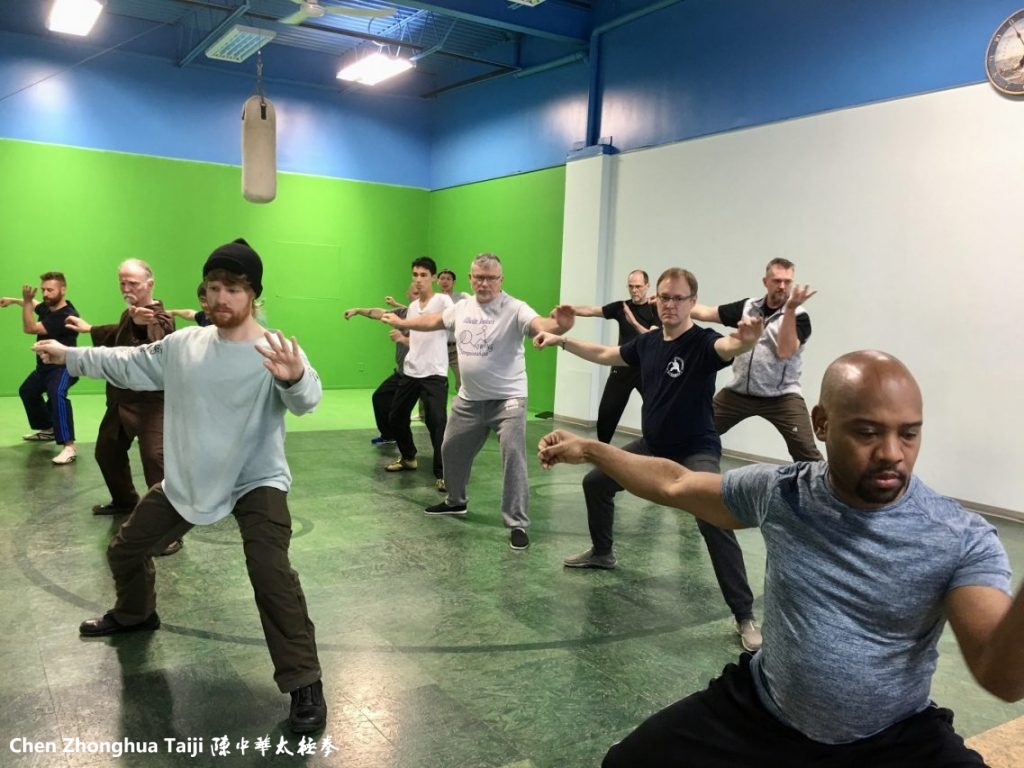
埃德蒙顿讲座2018-3。左前的这位是布莱克,大青山的老朋友!大青山早期(2006-2012)的学生应该能认出他来。
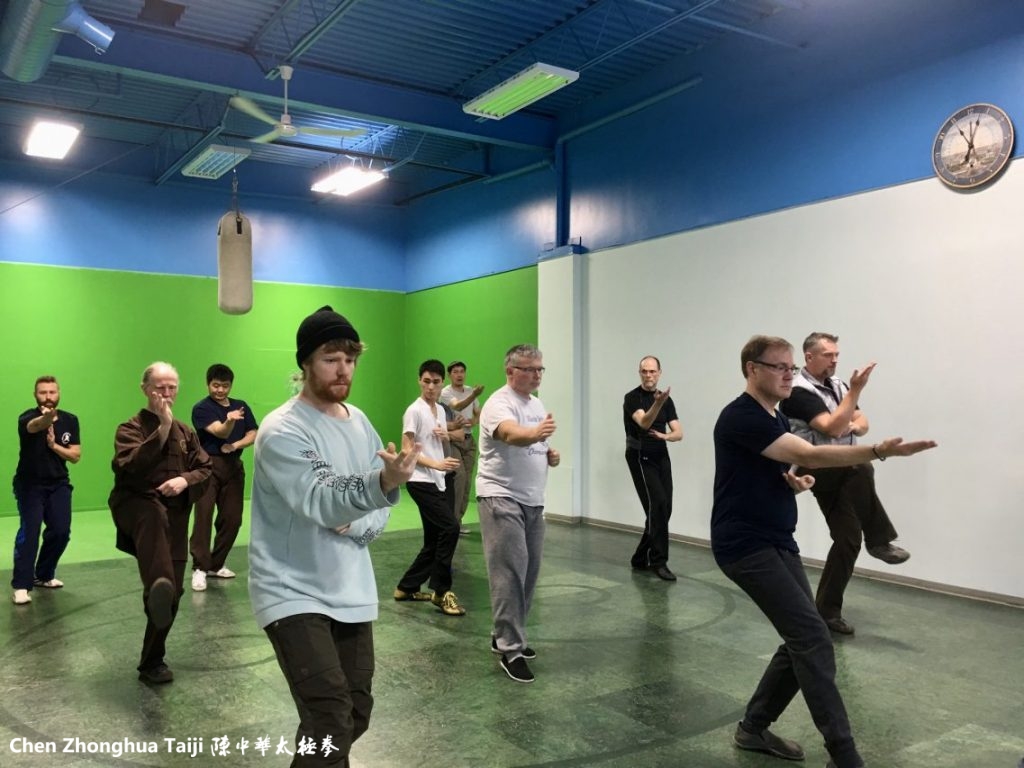
埃德蒙顿讲座2018-4
更多帖子
- “陈中华谈拳-新加坡2015”在线视频购买 (强烈推荐)
- “铲出-新加坡2015”在线视频购买 (强烈推荐)
- 2016年陈式太极拳实用拳法日照讲座学习笔记 (强烈推荐)
- 2016年5月16-22大青山讲座学生回馈 (强烈推荐)

Master Chen Zhonghua’s 2 day workshop was amazing…his skill is scary…he moved me around as if I wasn’t attached to the ground, threw me to the floor without any effort, couldn’t feel any power, I just ended up laying on the ground with a sore elbow from breaking my fall, sheesh…in one drill I experienced for the first time in my life moving a training partner with no effort at all, literally all I did was create as good a Chen body structure as I could, partner pushed me hard and I put my Intention into the contact I had with his most extended arm, my left palm was on his elbow and I just rotated my palm and he lost balance and went sideways…in case I wasn’t hooked on this art before, that millisecond of moving inside instead of outside my body has confirmed that this Taiji is real…thanks to Allan for setting up the workshop & profound thanks to Master Chen Zhonghua for teaching genuine internal martial arts…if you are interested in internal and want internal training that from the first class onwards only teaches the real deal, find a disciple/studio/teacher affiliated with Master Chen Zhonghua’s Practical Method Taiji…working to live my life one breath at a time; breathing now…
For the second day, I will limit my summary to two specific topics that I thought were important for my training, and mention one aspect of learning that I that was mentioned briefly but I think must not be ignored. The topics are: removing the slack, and the appearance of retreating.
When I have been practicing the practical method, I was under the illusion that I needed to be relaxed. This misconception resulted in me leaving slack in my body. With the help of several demonstrations – using both elastic resistance bands, and physical demonstrations – grand master Chen was able to demonstrate the concept of removing slack from ones movement. He went on to explain that this is why at the beginning limiting yourself to the first 13 movement of Yilu was exhausting. He also emphasized the importance taking breaks to allow oneself to do the moves correctly. I was told this method can be practiced in the forms, the foundation exercises, and push hands.
The second aspect is a bit more difficult to explain. There was an exercise that was mentioned where one pulled in with the elbows while moving forward with the legs so that the hands did not move. The movement was proportionally split between the elbows and the feet so to the opponent it appears as if the hands were drawn in but in reality no ground was given. I was told to do this exercise 10,000 times correctly (which in Chinese can also mean many, but I will treat it as the litteral 10,000) until the movement is integrated.
As far as the aspect of learning that I heard over the weekend, Grand Master Chen was insistent on us remembering what he said, not rephrasing what he said to what we thought it meant. I do not understand Taiji, I am far from proficient in any aspect of the art. Taiji is nothing like any activity I have done in the past so I have no frame of reference, thus all I can do is learn it like a child who knows nothing. Because of this, I can not ask the questions “is Taiji like this,” or “I once saw something else in my life like this, is this the same?” If I trust the instructor, I must just listen to what he says, remember how it looked exactly, and try to reproduce it. Until I can reproduce the movements there is not point in over intellectualizing the concepts. The goal is to master the movements, and if I trust Grand Master Chen, I must know that he is try to give me what I need to be able to have the skills that he worked so hard to obtain.
拳馆很漂亮!主教练的肩压的很低
一度我自己吹嘘说这是全世界“最干净”的拳馆!
On the first day of this Edmonton seminar, there are three things that I am keeping the focus of my training for day 2, and until they are fully integrated into my movement: doing movements 100 times as large for the sake of learning, keeping control of the center, and keeping movements clear to reveal power.
When practicing an taiji, Master Chen mentioned that if there was an inanimate object – such as a boulder, wall, or tree – there are methods to train power without injuring oneself. If one was to simply punch an object like this, they would end up injuring their hands more than getting significant benefit from the training. A method to train internal power is to place ones hands on the solid object and move the internal points of the body in large movements. These internal points for the upper body were mentioned to be: the Elbow, the Shoulder, and the Kua. In the lower body there were: the foot, the knee, and the Kua. To train this, the demo involved getting into a solid posture, and using these internal points to apply power against the unmoving object through exploration.
Later in the day there was work done on the first 13 moves of Yilu. During this time it was mentioned (to me directly) that an issue was relying on oneself is not the goal, but gaining a connection to the greater Dao. What this means specifically in this context was trying to extend out from the body with the centre not moving and the extremities stretching out. The head stretches out to the sky (like being pulled up by your hair, if you have any), The feet are rooted to the earth, the lead hand stretches out as far as you can go on extension. The regular three steps were applied to the circle to demonstrate. In with the elbow, turn the hip, and out with the hand.
The nature of power in taiji was also discussed. According to Daoism (as it was explained to me), power exist through not moving, meaning the power exists intrinsically in an object. So in taiji power is utilized by having a clear distinction between what moves and what does not move. Using the first 13 moves of yilu, moves were done with emphasis placed on showing a clear distinction between what moves and what does not move (for me to no avail.) I am sure there will be more details and clarity on this section during day 2.
As an aside, there was an emphasis placed on keeping things in an application standpoint. Abstract theories were avoided unless they could be also expressed in action. If things can not be expressed and applied to make changes in training, they must be clarified so that it can be used in training. Abstract concepts and questions perhaps are not the best use of time, focus should remain on things that can be used to make practice better to obtain a physical understanding in our bodies.